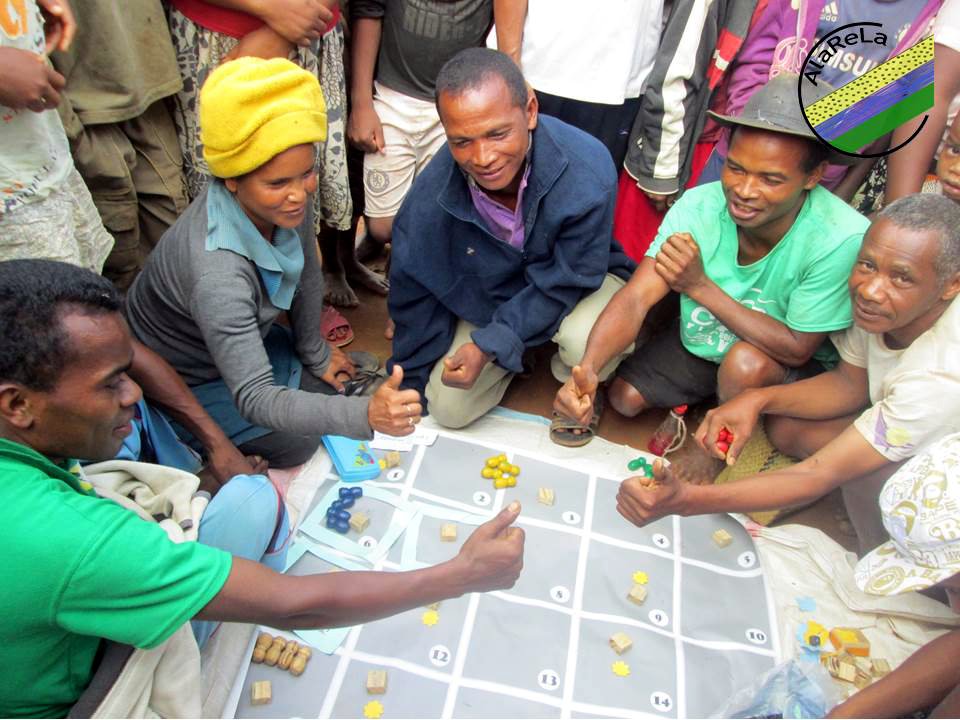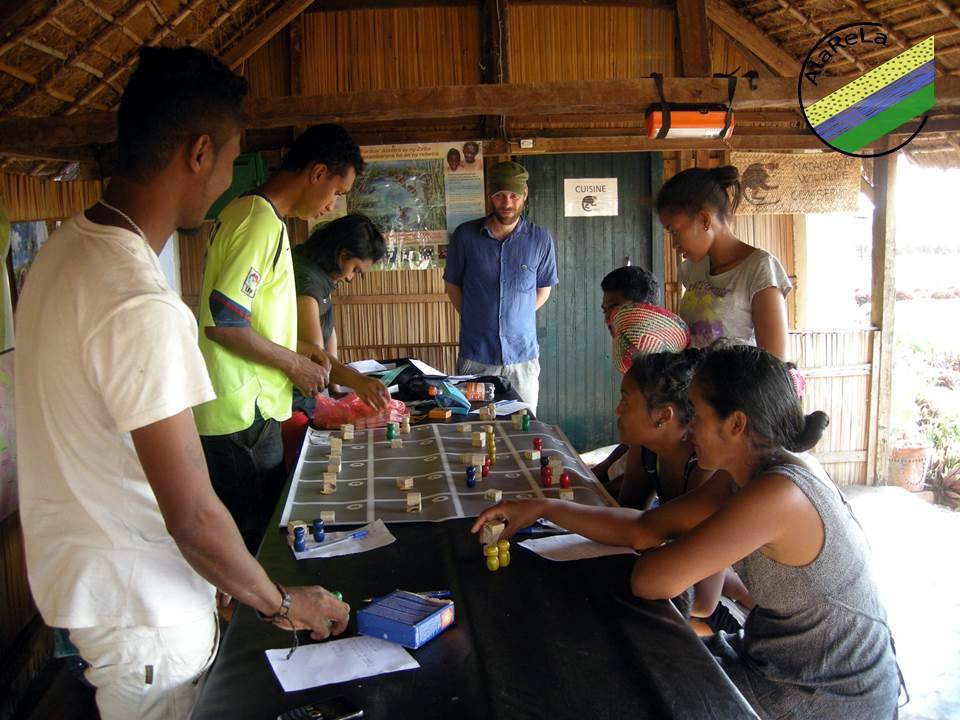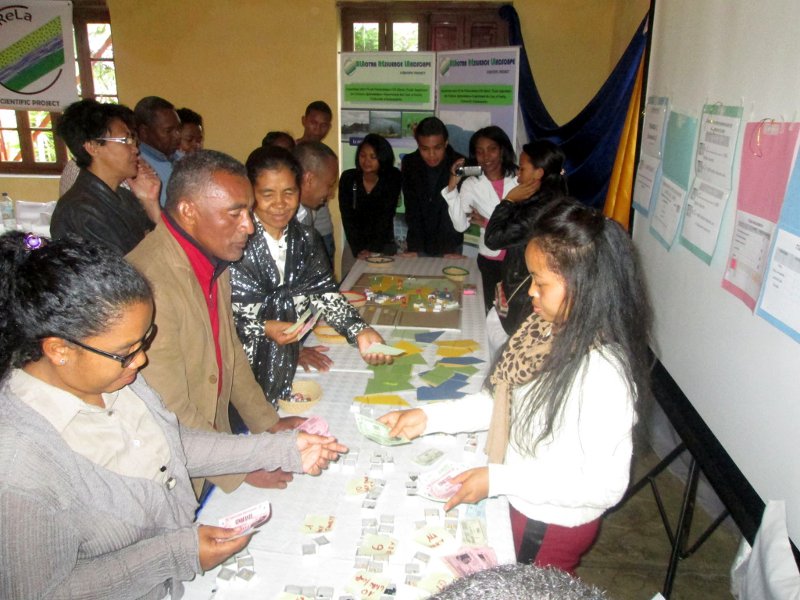Alarela, or « Alaotra Resilience Landscape » is a research project aiming to analyse how the socio-ecological system overcomes the various changes it is faced with. The study area is the Maningory watershed that circumvents Lake Alaotra, and the studies mainly focus on three types of landscapes, namely forest area, open landscape or “tanety”, and marshland. Various changes are subjects of research to better understand the way the system works: there are changes taking place at the environmental scale (decrease of marshland extent, increase of “tavy”, decrease in water level, increasing erosion…), economic changes (decrease in the rice and fish production, importance of microfinancing…), and social changes. These different changes affecting the Alaotra landscape bring together several researchers and collaborators in the research consortium.
The project aims to help stakeholders (farmers and decision makers) to better balance conservation and development. In terms of development, this mainly refers to the population’s sources of livelihood such as rice farming, fishing, cash crop production; in terms of conservation, it refers to the sustainable protection of natural resources and of the biodiversity depending on them, to ensure that future generations are able to benefit from the goods and services provided by our environment. The project’s method is based on the participatory approach, through which a model of the landscape and its evolution is elaborated, allowing to better understand the system. This is achieved through role playing games that bring actors together in a same location and fosters communication, knowledge exchanges and discussions.
The consortium brings together different bodies such as the ETH Zurich, ESSA-Forêts, MWC, Durrell, MBG, Cirad and BOP. In terms of research the end goal is therefore the elaboration of publications that will broaden knowledge of natural resource management, adapted thanks to the contribution of farmers and decision makers, and to the public communication activities. The languages used are French, Malagasy and English.



